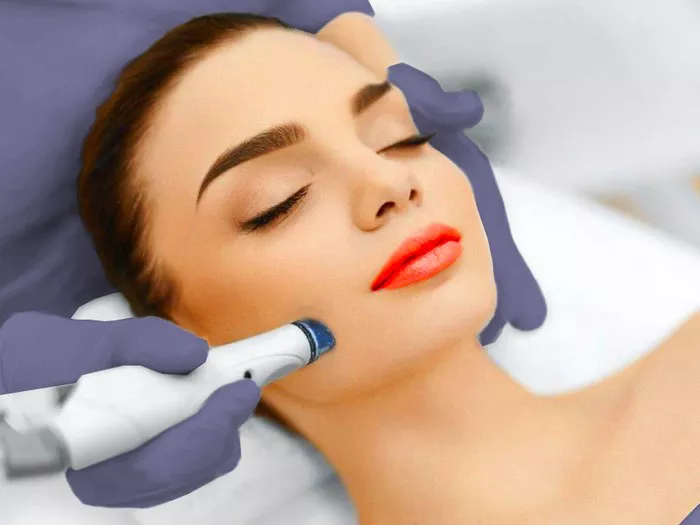Georgina Lawton’s recent piece sheds light on a concerning trend among young women: the increasing prevalence of Botox and fillers in their twenties. Titled “Vampire facials, under-eye fillers, ‘prejuvenation’: how did cosmetic tweakments get so extreme?”, Lawton’s article delves into the unsettling reality of the beauty industry’s influence on women’s bodies.
The article articulates a sentiment of sadness and shock at the notion that young women are opting for cosmetic procedures instead of investing their hard-earned money in more enriching experiences like travel, cultural outings, or financial security measures such as saving for a deposit or contributing to a pension. It resonates with a generation that witnessed the emergence of feminism’s second wave, expressing disbelief at the pervasive reach of the beauty industry into every aspect of women’s lives – from nail and brow bars to intimate waxing and beyond, extending even to elective surgeries.
Lawton highlights the paradox of a reported shortage of trained medical professionals juxtaposed against the apparent abundance of plastic surgeons capitalizing on altering young women’s appearances. The normalization of cosmetic enhancements among very young girls, including inflated lips, meticulously crafted eyebrows, and exaggerated eyelashes paired with heavy makeup, prompts questions about societal standards of beauty and the pressures placed on individuals to conform to these ideals.
Moreover, the article touches upon the environmental ramifications of the beauty industry’s practices, raising concerns about the ecological footprint left behind by the production and disposal of cosmetic products and packaging. In essence, Lawton’s article paints a sobering picture of a cultural landscape where the pursuit of physical perfection often comes at the expense of both individual well-being and environmental sustainability.


